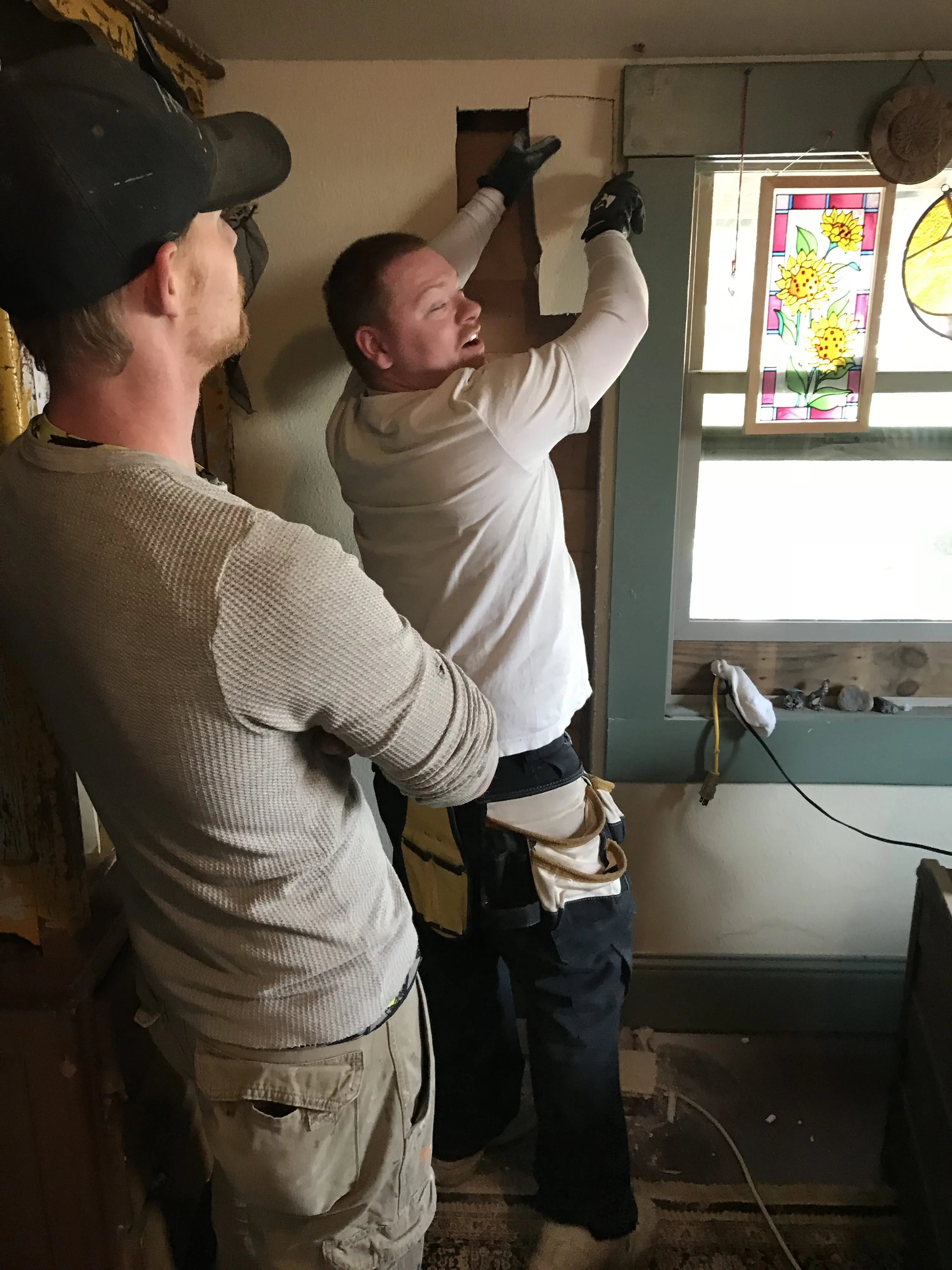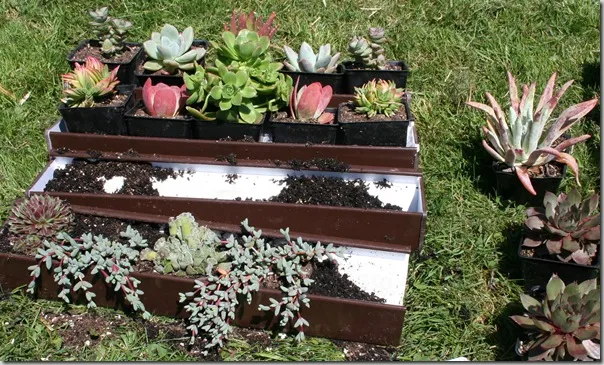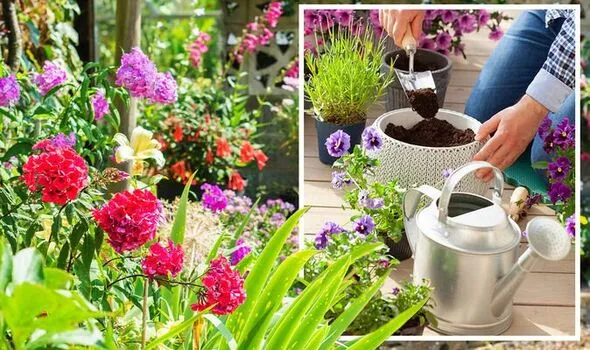- Iconic split leaves (fenestration) are a natural adaptation from their rainforest origin.
- Prefer bright, indirect sunlight – avoid direct rays.
- Requires balanced watering; allow soil to dry slightly between sessions.
- Benefit greatly from structural support like a moss pole as they mature.
- Relatively easy to care for, making them a popular and rewarding houseplant.
Few houseplants capture the eye and imagination quite like the Monstera. With their dramatically large, often perforated leaves, commonly earning them nicknames like the Swiss Cheese Plant or Split-Leaf Philodendron, monsteras bring a touch of the tropics right into your home. Originating from the humid rainforests of Southern Mexico and Panama, these vigorous climbers are surprisingly adaptable housemates. Understanding their native environment is key to replicating the conditions they need to thrive, transforming your living space into a lush, green sanctuary.
Monstera Deliciosa: A Quick Look
- Scientific Name: Monstera Deliciosa
- Common Names: Swiss Cheese Plant, Split-Leaf Philodendron (Note: Not a true Philodendron)
- Native Zone: 10-12 (typically grown indoors outside these zones)
- Light: Bright, indirect light
- Humidity: High (prefers), adapts to average home humidity
- Water: Allow top 2-4 inches of soil to dry between waterings
Contents
- Monstera Deliciosa: A Quick Look
- Decoding Monstera’s Unique Leaves: Fenestration
- Watering Your Monstera: Finding the Right Balance
- The Sunshine Sweet Spot: Light Requirements
- Feeding Your Hungry Climber: Fertilizing Monsteras
- Giving Support: Staking Your Monstera
- Troubleshooting Common Monstera Problems
- Propagating Your Monstera
- Frequently Asked Questions About Monsteras
- Is a Monstera a good indoor plant?
- How toxic is Monstera to cats and dogs?
- Should I mist my Monstera?
Decoding Monstera’s Unique Leaves: Fenestration
One of the most fascinating aspects of monsteras is the development of holes and splits in their leaves, a process called fenestration. This isn’t a sign of damage or disease; it’s a brilliant evolutionary adaptation! In their native rainforest habitat, where they grow as epiphytes climbing up towering trees, dense canopy layers often block light. These fenestrations allow sunlight to filter down to the lower leaves, ensuring more of the plant can photosynthesize. As your Monstera matures, you’ll notice the leaves becoming larger and the splits more pronounced – a truly rewarding sight!
Watering Your Monstera: Finding the Right Balance
Getting watering right is crucial for a happy Monstera. These tropical beauties prefer soil that is consistently slightly moist, but they absolutely detest sitting in soggy conditions. Overwatering is one of the most common mistakes leading to problems like root rot.
A good rule of thumb is to check the top few inches of the soil before watering. Stick your finger about 2-4 inches deep into the pot. If the soil feels dry at this depth, it’s likely time to water. If it still feels moist, wait a few more days and check again.
Water thoroughly until you see water draining from the bottom of the pot, ensuring the entire root ball gets moisture. Discard any excess water that collects in the saucer after about 30 minutes to prevent roots from sitting in water. Adjust your watering frequency seasonally; during the active growing season (spring and summer), your plant will need more frequent watering than in the dormant winter months.
The Sunshine Sweet Spot: Light Requirements
Monsteras thrive in bright, indirect light. Think of the dappled sunlight that filters through the dense rainforest canopy – that’s what they love! Placing your Monstera near a window is ideal, but ensure it’s positioned where direct sun rays won’t hit the leaves, especially during the hottest parts of the day. Direct sunlight can scorch their beautiful foliage, leaving unsightly burn marks.
They can tolerate medium light conditions, but you might notice slower growth and less dramatic fenestration. Finding a spot with plenty of bright, ambient light will encourage vigorous growth and those signature split leaves. A room with large windows facing east, west (set back a few feet), or even a bright north-facing window can be perfect.
 Large Monstera Deliciosa plant with iconic split leaves in a bright room.
Large Monstera Deliciosa plant with iconic split leaves in a bright room.
Feeding Your Hungry Climber: Fertilizing Monsteras
Like all growing plants, Monsteras benefit from regular feeding during their peak growing season. Fertilizing provides essential nutrients that fuel healthy growth, vibrant leaves, and energy for developing those impressive fenestrations.
Feed your Monstera about once a month during the spring and summer months. Use a balanced liquid houseplant fertilizer diluted to half strength according to the product instructions. Avoid fertilizing in the fall and winter when the plant’s growth naturally slows down. Over-fertilizing can lead to nutrient buildup in the soil, potentially harming the roots.
Giving Support: Staking Your Monstera
In the wild, Monsteras are natural climbers, using their aerial roots to latch onto trees and ascend towards the light. Indoors, without this natural support system, they can become a bit sprawling and unruly. Providing a stake or moss pole is highly recommended, especially as your plant matures.
Staking encourages the upward growth habit, mimics their natural environment, and helps support the weight of those large leaves and stems, preventing breakage. Gently tie the stems to the pole using soft ties as the plant grows. This support isn’t just for structure; it can actually encourage the plant to produce larger leaves with more fenestration as it feels secure and supported, ready to reach new heights.
 Indoor Monstera plant next to a chair and table, showcasing its large size and decorative appeal.
Indoor Monstera plant next to a chair and table, showcasing its large size and decorative appeal.
Troubleshooting Common Monstera Problems
Even with the best care, you might occasionally encounter an issue. Recognizing the signs early can help you quickly get your plant back on track.
- Curling Leaves: This often indicates underwatering. Check the soil moisture; if it’s dry several inches down, your Monstera is thirsty. Water thoroughly.
- Yellowing Leaves: Typically a sign of overwatering. Check if the soil is soggy. Allow the soil to dry out more between waterings. Yellowing can also sometimes be a sign of insufficient light, especially if accompanied by leggy growth.
- Black Stems or Mushy Base: A strong indicator of severe overwatering and potential root rot. If the base feels soft or stems are black and mushy, you may need to repot into fresh, dry soil after trimming away affected roots.
- Lack of Fenestration: Younger plants don’t have splits yet. If an older plant isn’t splitting, it might need more light or nutrients. Ensure it’s in bright indirect light and follow a regular feeding schedule during the growing season.
Propagating Your Monstera
Sharing the green love is easy with Monsteras! Propagation from stem cuttings is a straightforward process. Look for a section of stem that has at least one node (a bump on the stem where a leaf or aerial root emerges) and ideally, a leaf attached.
Cut about 1-2 inches below the node using clean, sharp pruners. You can then place the cutting in a glass of water, ensuring the node is submerged, or plant it directly into a small pot with moist potting mix. Place the cutting in bright, indirect light. If propagating in water, change the water every week or two. Roots should begin to form within a few weeks. Once the roots are a few inches long, you can transplant the cutting into soil. This is a great way to grow new plants, fill out a leggy existing plant, or share with friends!
 Close-up view of a mature Monstera leaf showing distinct fenestration or splits.
Close-up view of a mature Monstera leaf showing distinct fenestration or splits.
Frequently Asked Questions About Monsteras
Is a Monstera a good indoor plant?
Absolutely! Monsteras are excellent indoor plants due to their tolerance for average home temperatures and their preference for indirect light, which is common near windows indoors. They bring a dramatic, tropical feel to any space.
How toxic is Monstera to cats and dogs?
Monstera plants contain calcium oxalate crystals, which can cause irritation to the mouth, tongue, throat, and stomach if chewed or ingested by pets or humans. While not typically lethal, it can cause discomfort, vomiting, and swelling. It’s best to keep Monstera plants out of reach of curious pets and small children.
Should I mist my Monstera?
Monsteras appreciate high humidity, mimicking their rainforest origins. Misting can provide a temporary boost in humidity and help keep the leaves clean. However, misting alone often isn’t sufficient to significantly raise humidity levels long-term. For better results, consider using a pebble tray filled with water beneath the pot (ensuring the pot isn’t sitting directly in the water) or placing a humidifier nearby. Regular dusting or wiping leaves with a damp cloth is also beneficial for keeping them clean and allowing for better light absorption.
Bringing a Monstera into your home is an invitation to connect with nature and enjoy the beauty of the tropics. While they have specific needs for light, water, and support, they are relatively forgiving and incredibly rewarding to grow. Watching those unique leaves unfurl and split is a constant source of delight. With a little attention and care, your Monstera can thrive and become a stunning centerpiece in your plant collection for years to come.
Got your own tips or stories about caring for Monsteras? Share them in the comments below! Looking for more plant care advice? Explore other guides on Thelittle.garden!







































